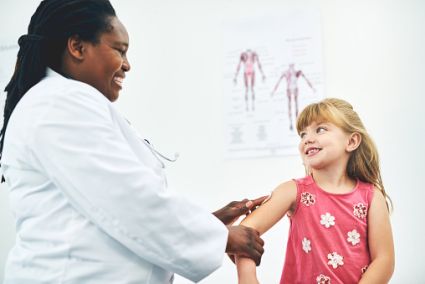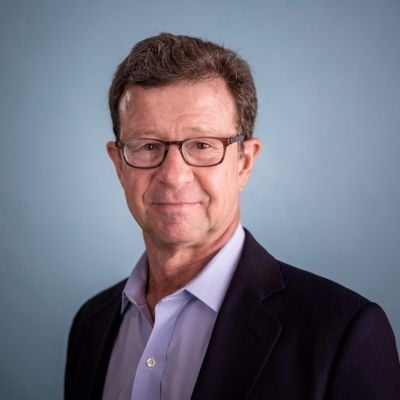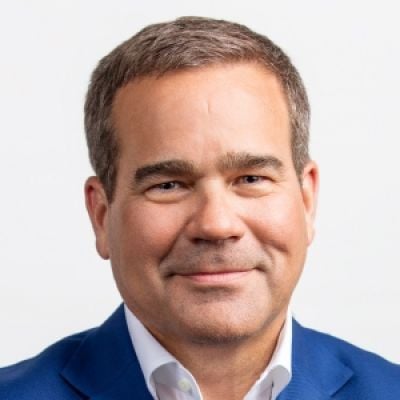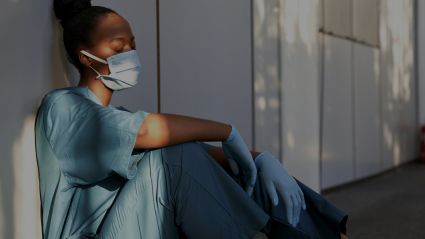
We live in an increasingly interconnected world where no community is immune from global risks. COVID-19 has shown us that international pandemics can sweep across all parts of the globe to devastating effect. What has become more apparent is that low-income communities that often lack investment in social services are suffering the most.
This is not the first time a global threat has disproportionally impacted low-income communities. The climate crisis is causing harmful and dramatically irregular weather patterns that are already taking their toll across Africa and Asia. Coastal lines on the continents are becoming polluted, and key rivers used for millions of livelihoods are either flooding or drying up. In Bangladesh alone, the World Bank estimated that climate change could impact 13.3 million people by 2050.
The international community must play its part with the necessary investment and attention to support vulnerable and low-income communities of the world as they strengthen their resiliency against these devastating threats. We must ask, how can we best support these communities as they protect themselves against risks of pandemics, climate change, and many more threats?
COVID-19 has served as a reminder for the international community that education is vital to keep us safe.
A smart and effective investment that leads to low-income communities’ increased resilience is an investment in education.
By supporting children’s education and learning in low-income communities now, we ensure the next generation is ready to lead as the doctors, engineers, and first responders during the next crisis. Local people with local knowledge, harnessing the power of education to solve problems, is one of the greatest defenses we can employ during a crisis. COVID-19 has shown just how stretched global resources have become, preventing high-income nations from helping lower-income communities effectively.
Furthermore, investing in education will allow low-income communities to thrive at last. Over 40 years, income per capita is 23 percent higher in a country with more equal education. We could break a generational cycle of poverty across the world, all while preparing ourselves for the next global emergency.
That is why I am so worried about the state of global education today. COVID-19 could set back decades of hard-won progress in the space of just a few months.
At the height of the global pandemic, over 90 percent of children were not attending school to stem the flow of the virus. Short term, this was, of course, necessary, but the long-term impacts could see a generation of learners lost in low-income communities. For many children without internet access, education has stopped as school closures made it nearly impossible to continue accessing learning resources. We know from previous pandemics such as Ebola that some children will not return to school again and instead be asked to work to help support their families financially. For girls, the situation is particularly damaging. Girls face the risk of early marriage, exploitative child labor, domestic care roles, gender-based violence, and in some countries, human trafficking. Sadly, despite heroic efforts from Room to Read’s teams in local communities, some girls in our education programs have already dropped out due to early marriage alone.
Even if a child in a low-income community is fortunate enough to return to school after COVID-19, their education will be set back compared to a student in a higher-income community that has the benefit of sustained online learning, access to print books and other learning materials, and a supportive, safe learning environment at home. UNESCO reported some 826 million students kept out of the classroom do not have access to a household computer, and 706 million have no internet at home. The crippling digital divide has spelled either a pause or an indefinite ending to children’s hopes of a better future.
COVID-19 has served as a reminder for the international community that education is vital to keep us safe. For low-income communities, losing education and learning opportunities means losing a lifeline for when the next crisis comes, and we know another crisis is never far away in today’s world.
With so many children at risk of never returning to school, low-income communities will be in a worse place than at the start of 2020, and we will lose precious time in our plans to support those in most need as they prepare for the deadly challenges they face. It is time we saw education for the essential investment it is and preserve children’s right to a better future today.




















